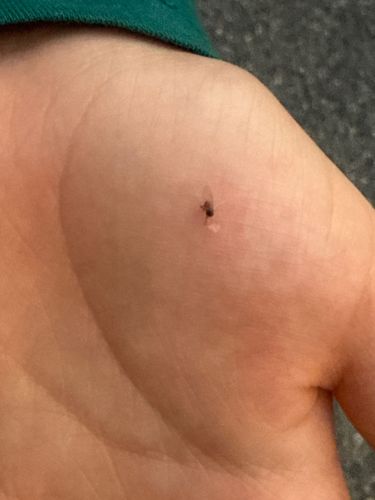Biting Midge (or 'No-see-um', 'Punkie')
Scientific Name: Culicoides (genus, many species)
Order & Family: Order: Diptera, Family: Ceratopogonidae
Size: Typically 1-3 mm (0.04-0.12 inches) in length, making them very tiny and difficult to see.

Natural Habitat
Biting midges are found in a wide variety of habitats globally, particularly near water and moist environments such as swamps, marshes, bogs, coastal areas, and muddy shores. Larvae develop in moist soil, decaying vegetation, or shallow water.
Diet & Feeding
Adult female midges feed on the blood of vertebrates, including humans, for egg development. Males and sometimes females feed on nectar and plant juices.
Behavior Patterns
Female biting midges are significant nuisances due to their persistent biting behavior, especially at dawn and dusk. They are active during warmer months and often swarm. Their life cycle involves eggs laid in moist environments, larvae developing in mud or water, and then pupating before emerging as adults.
Risks & Benefits
Risks: Their bites are painful, itchy, and can cause localized swelling and allergic reactions in some individuals. Biting midges are also vectors for various pathogens, including viruses (e.g., Oropouche virus, Bluetongue virus in livestock), protozoa, and filarial worms, affecting both humans and animals. Benefits: As part of the ecosystem, they serve as a food source for other insects, birds, and amphibians. Their larval stages can contribute to decomposition processes in some moist environments.
Identified on: 8/15/2025